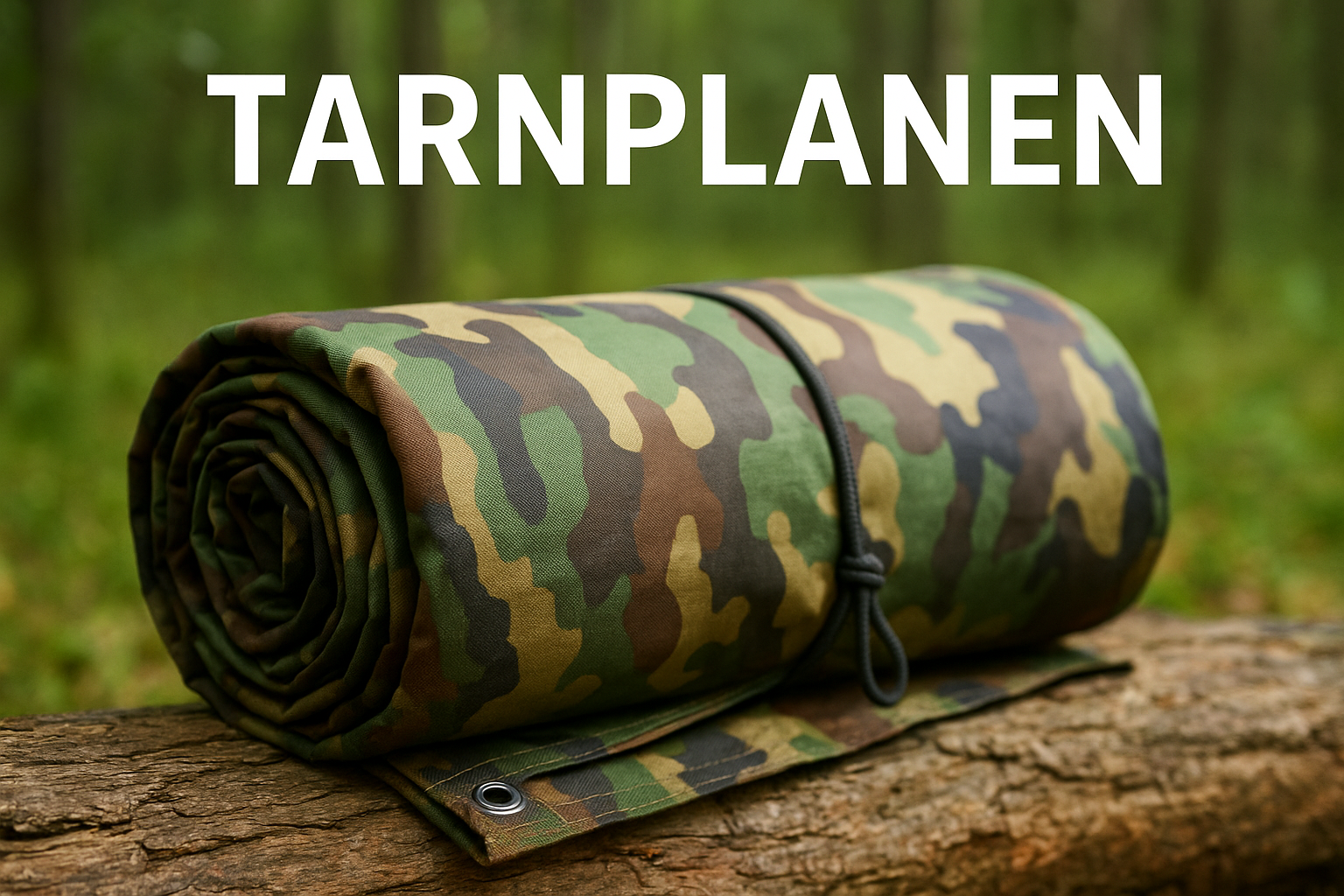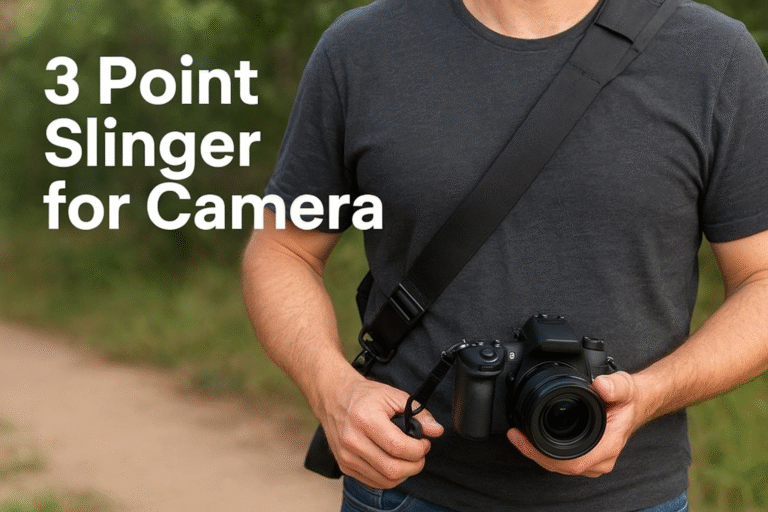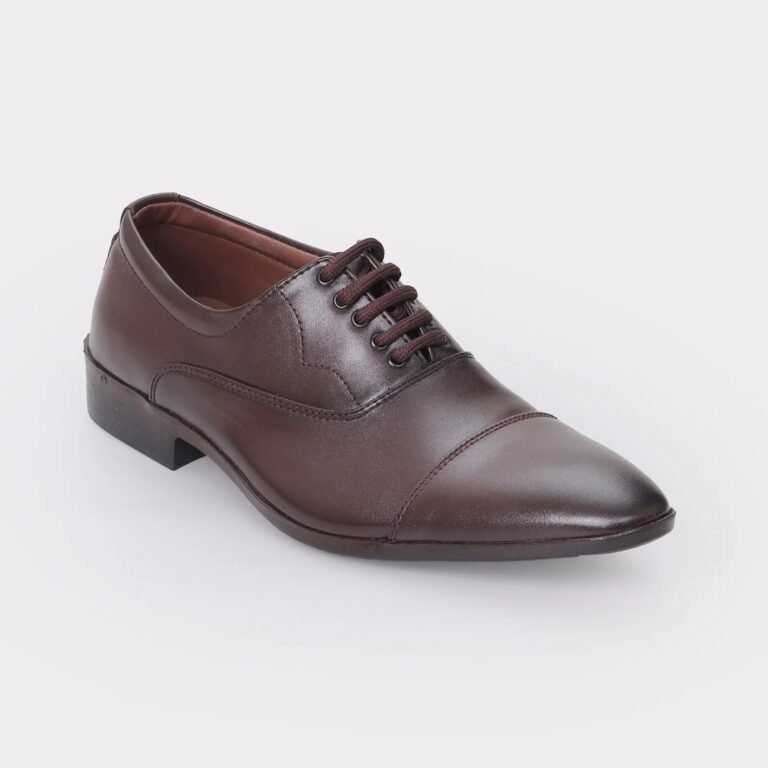Tarnplanen: A Comprehensive Guide for Selection, Use, and Care
A tarnplane is a durable cover sheet designed with camouflage patterns to blend seamlessly into natural environments. Usually made from materials like polyester or polyethylene, tarnplanen are windproof, waterproof, and weather-resistant. Unlike standard tarps, their primary purpose is not just protection but also concealment.
From personal experience, I have used tarnplanen extensively during camping trips, hunting, and DIY outdoor projects. Over time, I realized that these tarps are much more than just fabric with camouflage—they are versatile tools that serve multiple real-world purposes.
Why Tarnplanen Are Useful
People searching for “tarnplanen” are usually looking to understand: Why do I need one? What benefits does it offer? Here’s a breakdown of the main advantages:
- Weather Protection: Keeps sensitive equipment, furniture, or vehicles safe from rain, sun, snow, and wind.
- Concealment: Blends naturally into forests, fields, or gardens without drawing attention.
- Flexibility: Lightweight, portable, and adaptable to multiple uses.
- Safety and Practicality: Hunters and outdoor enthusiasts use tarnplanen to remain inconspicuous in the field or to cover equipment efficiently.
Materials and Quality Features
Not all tarnplanen are created equal. When purchasing, consider the following aspects:
- Material Thickness
- Lightweight versions (80–120 g/m²) are flexible but less durable.
- Heavy-duty versions (180–250 g/m²) are highly tear-resistant and last longer.
- Coating
- UV-resistant and waterproof coatings increase longevity.
- Double-coated models offer superior durability.
- Grommets and Seams
- Reinforced metal grommets make securing easier.
- Double-stitched edges prevent fraying.
- Camouflage Patterns
- Woodland, Flecktarn, or Digital Camo – each pattern suits different environments.
Common Uses of Tarnplanen
1. Outdoor and Camping
- Protective cover for tents or hammocks
- Emergency shelter during rain or wind
- Groundsheet to prevent moisture seepage
2. Hunting and Wildlife Observation
- Concealment for hunting blinds or observation posts
- Covering gear in the field
3. Garden and Home
- Covering firewood, pools, or garden furniture
- Creating a natural-looking visual barrier
4. Construction and DIY
- Protecting machinery or tools at work sites
- Temporary concealment for outdoor projects
Challenges and Potential Issues
Despite their utility, there are a few considerations to keep in mind:
- Condensation: Air-tight tarnplanen may trap moisture underneath.
- Wind Susceptibility: Improperly secured tarps can flap or tear.
- Durability: Cheap versions may fade or tear easily at the grommets.
Based on experience, investing in a high-quality tarnplane is preferable to repeatedly replacing low-cost options.
Care and Storage
Proper maintenance extends the lifespan of a tarnplane:
- Always dry the tarp before storage.
- Clean dirt with water or mild soap.
- Avoid sharp folds; roll it loosely instead.
- Store in a dry, shaded location for long-term use.
Buying Guide: Choosing the Right Tarnplane
When purchasing, the key questions are: Size, material, and intended use.
- For camping, lightweight tarps (approx. 120 g/m²) are sufficient.
- For hunting and outdoor activities, choose tear-resistant models with strong UV coating.
- For long-term garden use, heavy-duty tarps (200 g/m² or more) are ideal.
Making an informed choice ensures durability and practical utility in daily use.
FAQ: Tarnplanen – Frequently Asked Questions
- Are tarnplanen truly waterproof?
Yes, high-quality tarnplanen are fully waterproof. Check the coating and seam construction for reliability. - Can I use a tarnplane in winter?
Absolutely. Heavy-duty versions withstand snow and frost, while lighter models may become brittle in freezing temperatures. - How do I secure a tarnplane properly?
Use bungee cords or durable ropes. The tarp should be taut but not overstretched. - Which camouflage patterns are most popular?
Woodland and Flecktarn are classic, while Digital Camo is increasingly used in modern environments. - Are there alternatives to tarnplanen?
Yes, camouflage nets or specialized tent fabrics are options but generally offer less weather protection.
Conclusion
Tarnplanen are far more than ordinary tarps—they provide protection, concealment, and versatility. By understanding the materials, patterns, and proper care, you can select a tarp that lasts for years and suits multiple purposes. Whether in the garden, during outdoor adventures, or for DIY projects, a well-chosen tarnplane becomes an indispensable tool.




